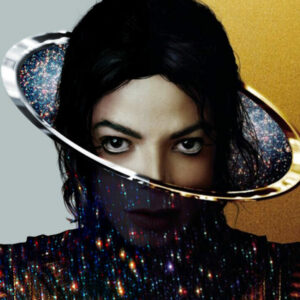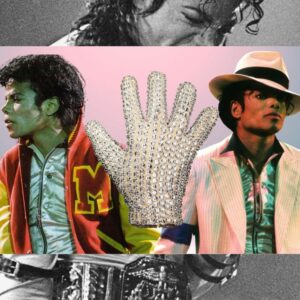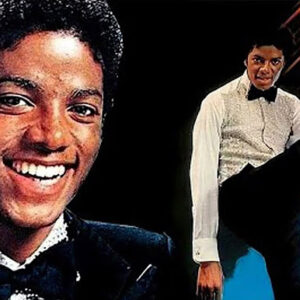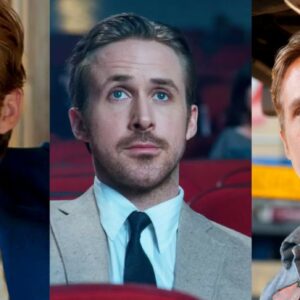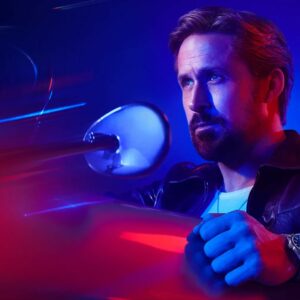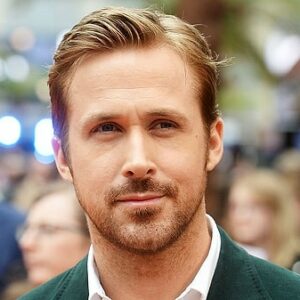Ryan Gosling, a name synonymous with a compelling blend of intensity and subtlety, has carved out a unique niche in Hollywood. His career, characterized by a series of meticulously chosen roles, reflects a strong and fierce persona that is as multifaceted as it is captivating. This article delves into how Gosling’s image is portrayed through his movies, revealing the intricate layers of his on-screen presence and the evolution of his cinematic persona.
The Beginnings: Establishing the Image
Ryan Gosling’s rise to prominence began with roles that showcased his potential, but it was his early work that laid the groundwork for his strong and fierce image. Films like The Beloved (2004) and Half Nelson (2006) provided a glimpse into his ability to portray complex characters with a palpable intensity.
In Half Nelson, Gosling plays Dan Dunne, a high school teacher grappling with a hidden addiction. His portrayal of Dunne is a study in internal conflict. Gosling’s performance is marked by raw and unflinching vulnerability, which paradoxically reinforces his strength. His ability to convey the fragility of his character’s situation while maintaining a façade of control highlights his fierce emotional depth. This role not only showcased Gosling’s capacity to embody vulnerability but also revealed the internal strength required to mask such personal demons.
His work in The Beloved, while less mainstream, also contributed to shaping his emerging image. Although the film did not achieve major commercial success, Gosling’s performance was a testament to his ability to inhabit characters with a quiet intensity. The early roles were foundational, establishing a persona that combined strength with an undercurrent of subtlety and complexity.
The Evolution: From Indie Darling to Leading Man
As Gosling transitioned from indie films to mainstream cinema, his image continued to evolve. Films such as Drive (2011) and Only God Forgives (2013) marked a significant shift in how he was perceived. The character of the Driver in Drive is a perfect embodiment of Gosling’s fierce persona. With minimal dialogue and a brooding presence, he commands attention through his physicality and restrained intensity.
In Drive, Gosling’s portrayal of a stunt driver who moonlights as a getaway driver is marked by a striking dichotomy: he is both stoic and intensely focused, yet capable of explosive violence. The Driver’s cold, enigmatic demeanor, combined with his capacity for violence, showcases Gosling’s ability to convey strength in both action and silence. The film’s sparse dialogue accentuates Gosling’s physical presence, allowing his performance to shine through in moments of quiet tension and sudden bursts of action.
In Only God Forgives, Gosling takes on a more violent and primal role, further cementing his fierce image. His portrayal of Julian, a man entangled in a world of vengeance and brutality, showcases his ability to embody raw aggression while maintaining a sense of stoic control. The film’s stylized violence and Gosling’s chilling performance add another layer to his fierce persona, blending physicality with emotional detachment. The character’s internal struggle and external conflicts reveal Gosling’s capacity to delve into darker, more complex aspects of human nature.
The Art of Subtle Intensity
One of the hallmarks of Gosling’s career is his mastery of subtle intensity. Films such as The Place Beyond the Pines (2012) and La La Land (2016) highlight his ability to convey deep emotional currents with a restrained performance style. In The Place Beyond the Pines, Gosling portrays Luke, a motorcycle stunt rider who turns to bank robbery to provide for his son. The film explores themes of fatherhood, sacrifice, and redemption, and Gosling’s performance is a blend of raw vulnerability and resolute determination.
The character of Luke is emblematic of Gosling’s skill in portraying complex, multifaceted characters. His performance is marked by a quiet strength and a deep sense of purpose. The emotional weight of his decisions and the consequences they bring are conveyed through subtle expressions and restrained dialogue, allowing Gosling’s presence to permeate the film’s narrative.
In La La Land, Gosling’s role as Sebastian, a jazz musician pursuing his dreams, further showcases his ability to infuse subtle intensity into his performances. While the film is a romantic musical, Gosling’s portrayal of Sebastian adds depth and authenticity to the character. His passion for jazz and the challenges he faces are expressed through nuanced performances, blending vulnerability with determination. The film’s musical numbers, particularly the one featuring Gosling’s piano skills, emphasize his ability to channel his intensity into both emotional and artistic expressions.
Collaborations with Visionary Directors
Gosling’s fierce image is also shaped by his collaborations with visionary directors. Films such as Blade Runner 2049 (2017) and First Man (2018) highlight his ability to work within diverse genres while maintaining his strong and intense on-screen presence.
In Blade Runner 2049, Gosling portrays K, a replicant who uncovers secrets that challenge his understanding of his own existence. His performance in the film is marked by a blend of introspection and determination. The film’s dystopian setting and the existential themes it explores are mirrored in Gosling’s portrayal, which balances emotional depth with a stoic resolve.
Similarly, in First Man, Gosling takes on the role of Neil Armstrong, the first man to walk on the moon. His portrayal of Armstrong is a study in restraint and dedication. The film explores the personal and professional challenges faced by Armstrong, and Gosling’s performance captures the character’s inner strength and determination. His ability to convey Armstrong’s complex emotions and experiences through a subdued performance highlights his skill in bringing depth to historical and biographical roles.
The Role of Physicality
Another aspect of Gosling’s strong and fierce image is his physicality. His roles often require him to embody characters with a commanding presence, and Gosling’s commitment to physical training and transformation is evident in his performances. Films such as The Nice Guys (2016) and The Ides of March (2011) showcase his ability to adapt his physicality to fit a range of characters, from a hard-boiled detective to a political operative.
In The Nice Guys, Gosling plays Holland March, a private investigator with a knack for getting into trouble. The film’s comedic tone contrasts with Gosling’s often intense and physical portrayal of March. His ability to balance humor with a strong physical presence highlights his versatility and dedication to his roles.
In The Ides of March, Gosling’s portrayal of Stephen Meyers, a political campaign press secretary, demonstrates his ability to convey intensity through both physicality and dialogue. The film’s exploration of political machinations and moral dilemmas is mirrored in Gosling’s performance, which combines a strong physical presence with a nuanced portrayal of the character’s internal conflicts.
The Legacy of Ryan Gosling
As Ryan Gosling’s career continues to evolve, his strong and fierce image remains a defining feature of his on-screen persona. His ability to portray complex characters with a blend of intensity and subtlety has solidified his place as one of Hollywood’s most compelling actors. From his early work in indie films to his roles in mainstream cinema, Gosling’s performances are characterized by a commitment to exploring the depths of human emotion and experience.
The evolution of Gosling’s image reflects his dedication to pushing the boundaries of his craft. His collaborations with visionary directors, his mastery of subtle intensity, and his commitment to physical transformation all contribute to his strong and fierce on-screen presence. As he continues to take on diverse and challenging roles, Ryan Gosling’s legacy as an actor who embodies both strength and vulnerability is firmly established, and his impact on the film industry is undeniable.
